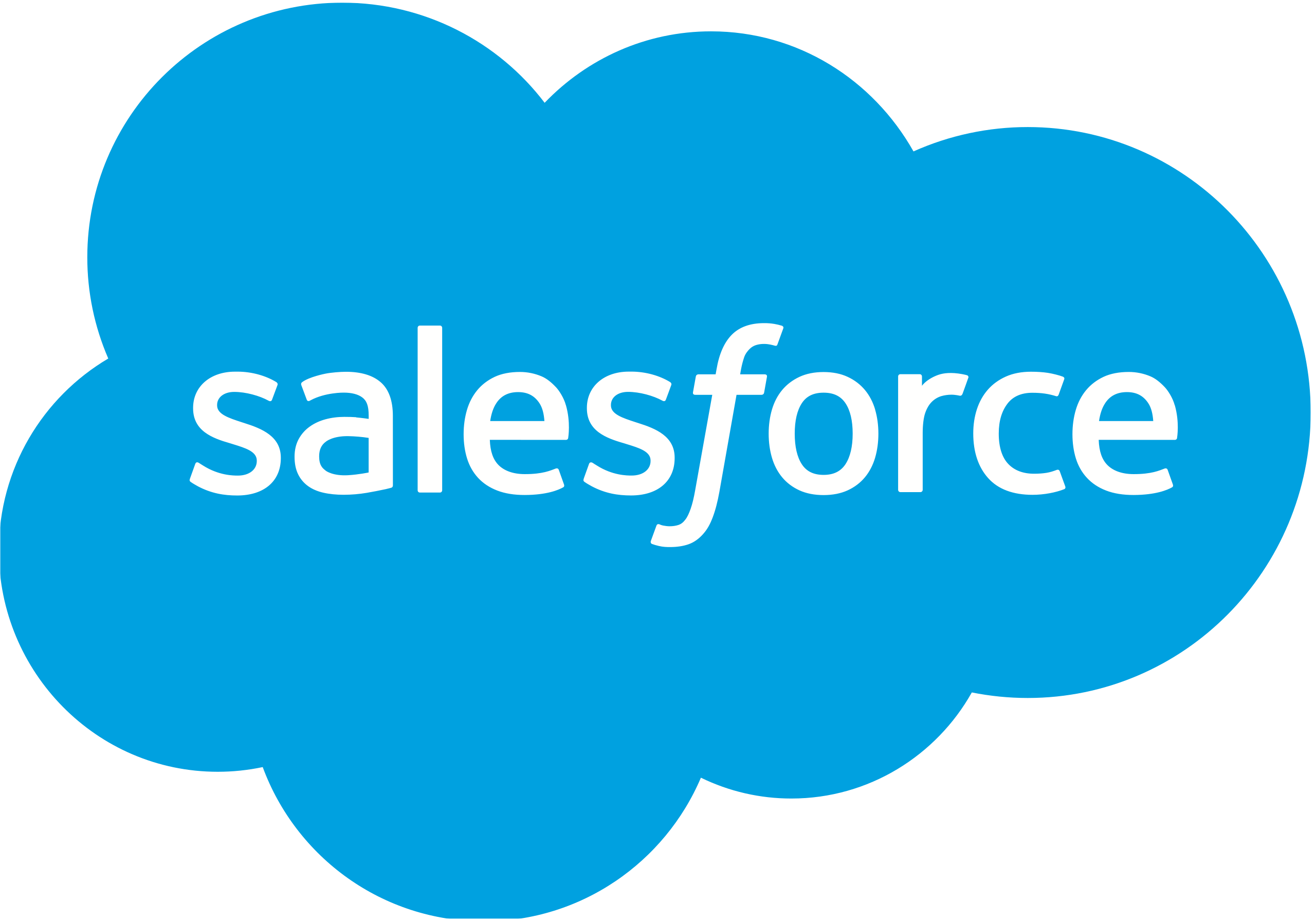Customer Lifetime Value (CLV): Maximize Revenue
-Oct-02-2024-01-14-58-6054-AM.png)
Published on: October 01, 2024
Customer Lifetime Value (CLV) is a crucial metric that estimates the total revenue a business can expect from a single customer account throughout their entire relationship. This powerful indicator helps companies understand the long-term value of their customer base and make informed decisions about customer acquisition, retention, and overall business strategy.
Understanding Customer Lifetime Value 💡
CLV goes beyond short-term sales figures, providing a comprehensive view of a customer's potential value over time. By calculating CLV, businesses can:
- Identify their most valuable customers
- Allocate resources more effectively
- Optimize marketing and sales strategies
- Improve customer retention efforts
- Make data-driven decisions for long-term growth
The CLV Formula 🧮
While there are various methods to calculate CLV, a basic formula is:
CLV = (Average Purchase Value × Purchase Frequency × Customer Lifespan) - Customer Acquisition Cost
This formula takes into account the average amount a customer spends, how often they make purchases, and how long they remain a customer, minus the cost of acquiring them.
Why CLV Matters in Sales and Marketing Operations 🎯
Understanding CLV is essential for both sales and marketing teams:
For Sales Operations:
- Prioritize high-value prospects
- Develop targeted upselling and cross-selling strategies
- Justify investments in customer success programs
For Marketing Operations:
- Optimize customer acquisition costs
- Tailor marketing campaigns to high-CLV segments
- Measure the long-term impact of marketing initiatives
Implementing CLV in Your Strategy 📊
To effectively use CLV in your operations:
- Segment your customers based on their CLV
- Analyze patterns in high-CLV customer behavior
- Develop personalized retention strategies for different CLV segments
- Align your marketing budget with customer lifetime value
- Regularly update and refine your CLV calculations
Common Challenges and Misconceptions ⚠️
While CLV is a powerful metric, it's important to be aware of potential pitfalls:
- Overreliance on historical data without considering future trends
- Failing to account for changes in customer behavior over time
- Neglecting the impact of external factors on CLV
- Assuming all customers within a segment have equal potential
The Power of CLV: IBM's Success Story 🚀
IBM's implementation of CLV strategies showcases the potential impact on business performance. By focusing on high-CLV customers and tailoring their offerings accordingly, IBM reported:
| Metric | Improvement |
|---|---|
| Customer Retention | +5% |
| Revenue per Customer | +10% |
| Overall Profitability | +15% |
This case study demonstrates how a data-driven approach to CLV can drive significant business growth and customer satisfaction.
Implementing CLV in Your Sales and Marketing Stack 🛠️
As you consider integrating CLV into your operations, ask yourself:
- How can we improve our data collection to calculate CLV more accurately?
- What tools in our current stack can help us track and analyze CLV?
- How can we use CLV insights to personalize our customer interactions?
- What changes in our sales and marketing strategies could increase our average CLV?
- How can we align our team's KPIs with CLV goals to drive long-term value?
By addressing these questions, you'll be well on your way to leveraging the power of Customer Lifetime Value in your sales and marketing operations.
















